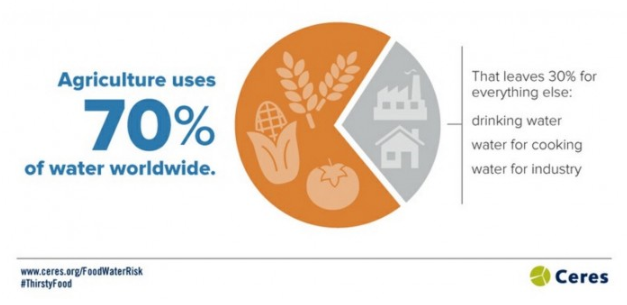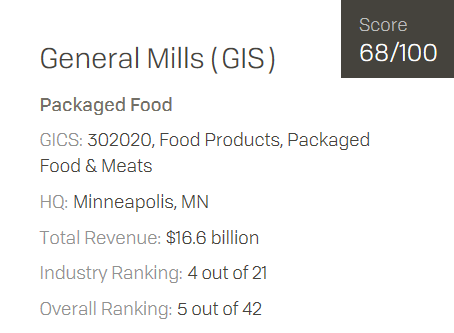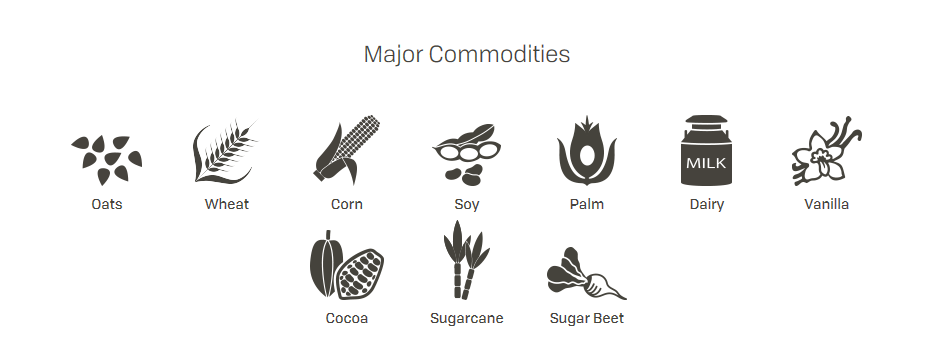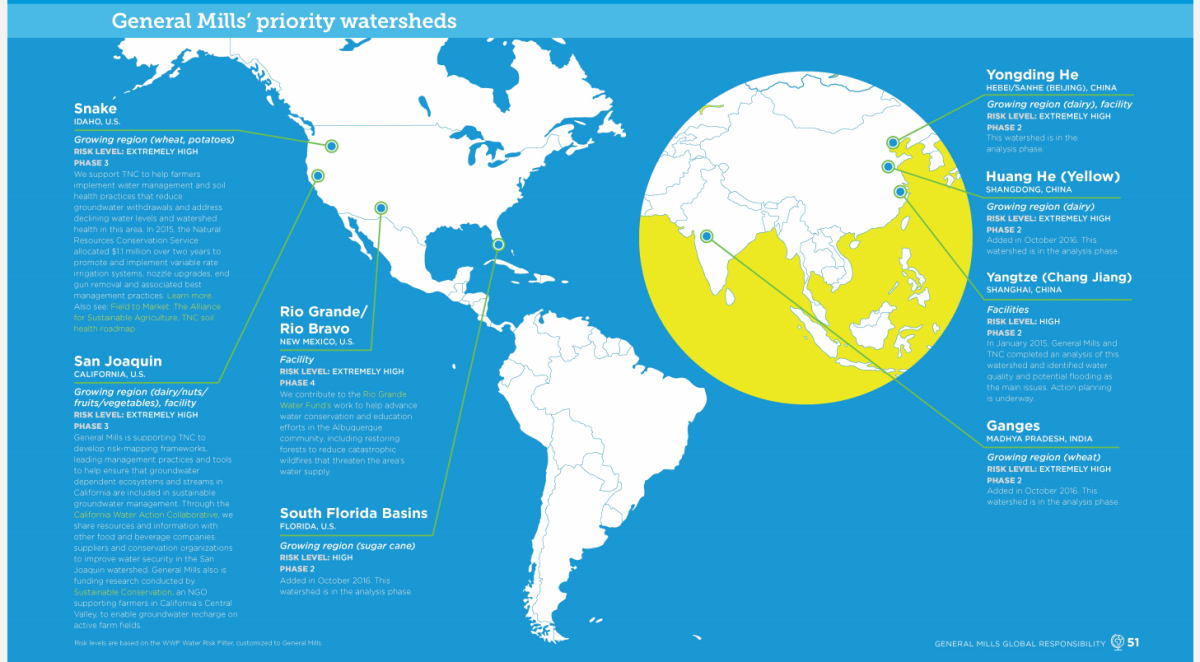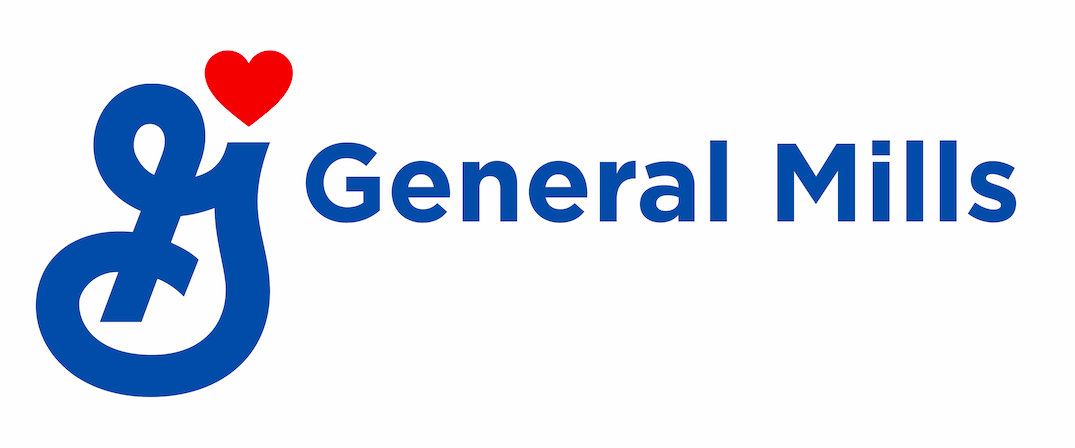Feeding Ourselves Thirsty Report – Water Stewardship Work Recognized
by Jeff Hanratty
Water stewardship is an integral part of General Mills' efforts to continually reduce the environmental impact of our operations, including the impact that occurs upstream of our own facilities.
Agriculture uses 70 percent of global freshwater withdrawals; therefore, General Mills has made it a priority to see that collaborative watershed protection plans are developed in regions where the company’s footprint intersects high water risk.
We take a broad approach to water stewardship looking beyond our company’s walls back through the value chain – which is essential because 85 percent of our water footprint is from growing and transporting crops, and turning those crops into food ingredients. Therein lies our focus and energy.
Ceres just released its second Feeding Ourselves Thirsty report, which recognizes General Mills as a top performing packaged food company in how we are responding and performing against water risk in our value chain. In fact, packaged food companies topped the list when compared beverage and other food (e.g., meats and commodity) companies and General Mills ranks fifth overall out of the 42 food and beverage companies assessed.
Like many companies, General Mills first focused on water use within our own facilities, and this remains a focus area today but we didn’t stop there. In 2016, we set a goal to champion the development of water stewardship plans for the company’s most material and at-risk watersheds in the company’s global value chain by 2025. We’re doing this by looking for opportunities to collaborate with others to improve water stewardship such as increasing efficiency, recirculating water for reuse rather than disposal, recharging aquifers with excess storm water and other innovative ideas.
In partnership with The Nature Conservancy (TNC) and leveraging publicly available tools such as the World Wildlife Fund’s Water Risk Filter, we completed our global water risk assessment of key General Mills producing locations and growing regions to better reflect high risk watersheds at our facilities and within our supply chain. We assessed 15 key ingredients in 36 sourcing regions and 66 facilities (including 17 supplier partners), covering 41 watersheds globally.
Based on intensity of water stress and business considerations, we’ve prioritized eight of the watersheds where we either have facilities or major growing regions or both for focused work in the coming years. In several watersheds we have partnered with TNC to bring the hydrologic science and connections on the ground that are needed for us to deeply understand the unique needs of each watershed and best determine how to move forward most effectively.
We continue to make progress through our four-phase approach to sustainable watersheds throughout our supply chain including: 1 - assessment, 2 - analysis and action planning, 3 - collaboration, and 4 - transformation.
The water challenge will be one of the greatest our world will face and collectively address. No one entity can manage it on its own, but through global collaboration of all sectors, we can not only manage the challenge, we can convert it into an opportunity for all of us to thrive.
To learn more about General Mills' water stewardship initiatives, see our 2017 Global Responsibility Report and stories on our A Taste of General Mills blog.

